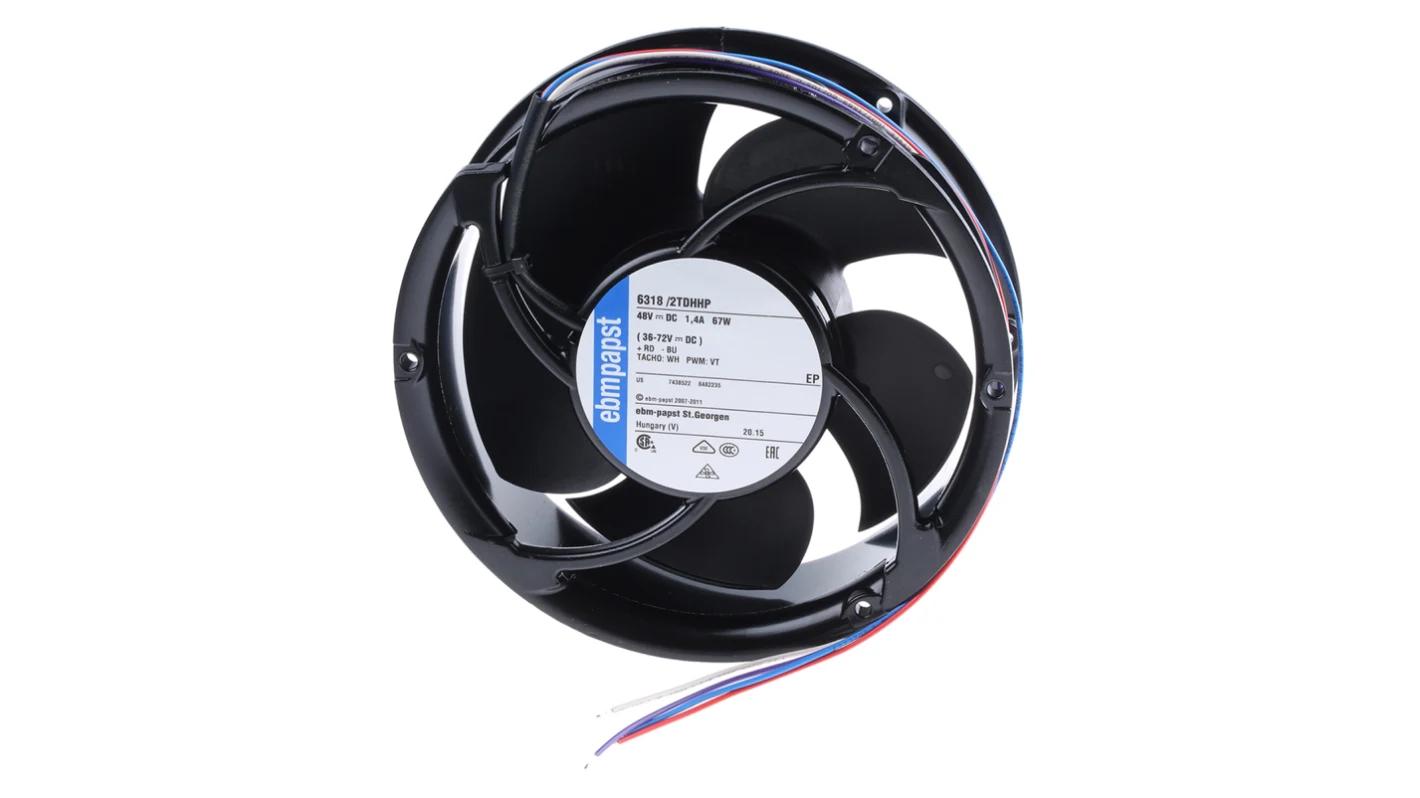Effective thermal management is crucial in many modern electronic systems, and the use of PWM Pulse Width Modulation and DC Direct Current fan technologies has become a popular solution for achieving reliable cooling performance. These fan systems provide tailored airflow and speed control, enabling devices to maintain optimal operating temperatures while minimizing noise and energy consumption. By combining the strengths of both PWM and DC fans, designers can implement cooling solutions that adapt to varying thermal loads and environmental conditions, ensuring consistent and efficient heat dissipation. PWM fans operate by rapidly switching the power supplied to the fan motor on and off at specific intervals, controlling the fan speed without changing the voltage. This precise modulation allows for fine adjustments in airflow, improving thermal regulation while reducing unnecessary power usage.

Because the motor receives a constant voltage but variable duty cycles, PWM fans respond quickly to cooling demands, making them especially useful in systems where temperature fluctuations are frequent. Additionally, this control method can help reduce fan noise since the fans can run at lower speeds during light loads, contributing to a quieter overall system environment. On the other hand, DC fans regulate speed by varying the voltage supplied directly to the fan motor. This method offers simplicity and cost-effectiveness, making DC fans a popular choice for applications where straightforward speed control is sufficient. Adjusting voltage levels allows DC fans to increase or decrease airflow as needed, pwm vs dc fan helping to maintain device temperatures within safe limits. Although the speed control is less precise compared to PWM fans, DC fans are still effective in many scenarios where cooling demands are steady or less variable. Integrating both PWM and DC fans into a cooling system allows manufacturers to leverage the benefits of each technology. For example, DC fans can be used to provide baseline airflow at a lower cost, while PWM fans can handle more dynamic cooling requirements with superior precision.
This hybrid approach can optimize power efficiency and thermal management, adapting to a wide range of operating conditions. As a result, systems can maintain reliability even under demanding workloads or harsh environmental conditions, preventing overheating and potential hardware failures. Energy efficiency is another important consideration in acdcecfan cooling system design, and both PWM and DC fan technologies contribute to reducing power consumption. By adjusting fan speeds according to real-time temperature data, these fans avoid running at full power unnecessarily, lowering the overall energy footprint of the device. This not only extends the lifespan of electronic components by preventing excessive heat stress but also aligns with modern sustainability goals by reducing electricity usage in consumer and industrial electronics. PWM and DC fan systems offer complementary advantages that contribute to reliable and efficient cooling performance. Their ability to adjust airflow dynamically, combined with their energy-saving capabilities, makes them well-suited for a wide array of applications.
